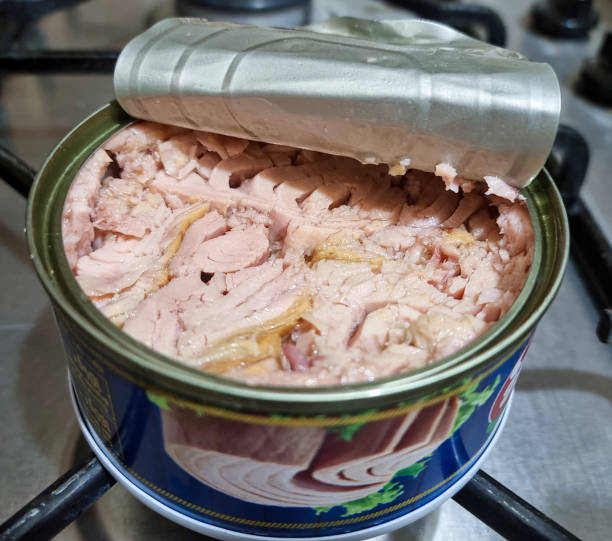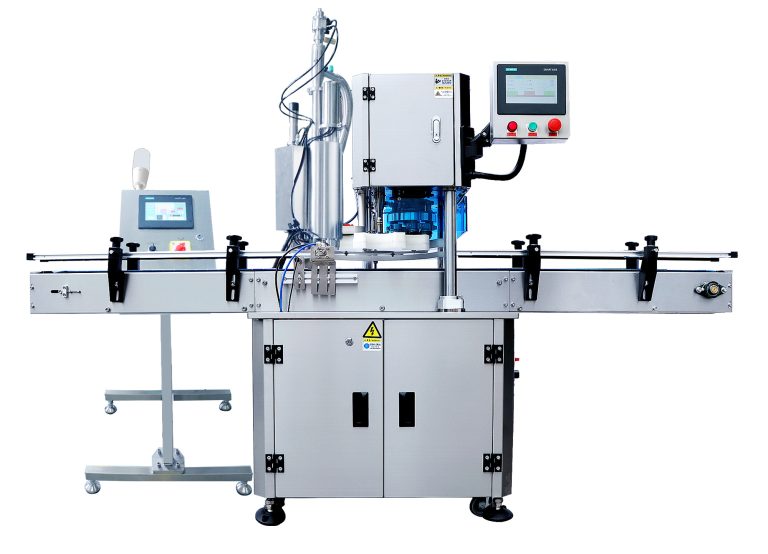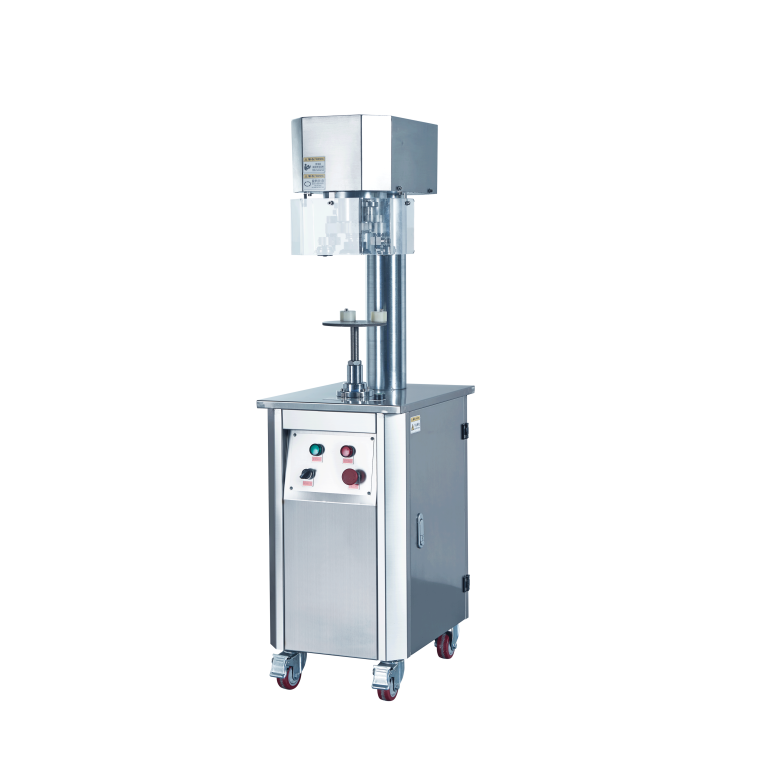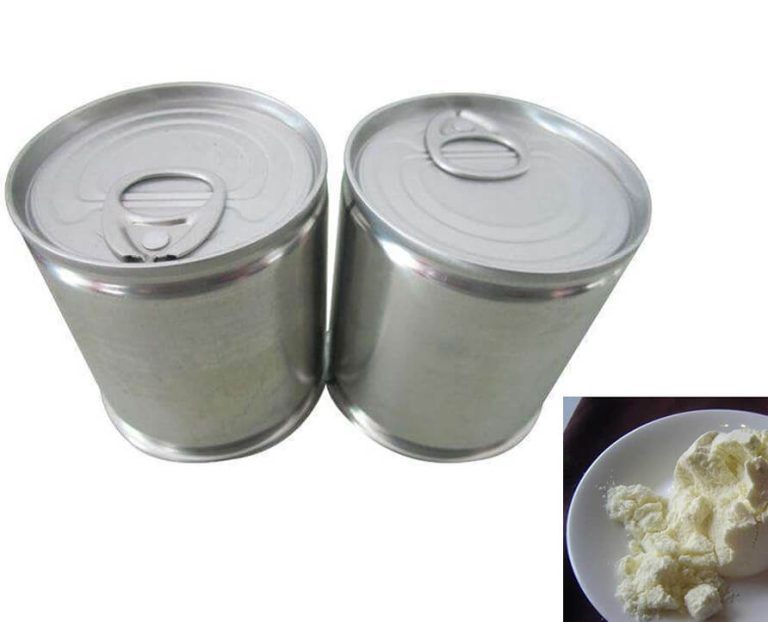Table of Contents
Sustainable Packaging Solutions for Tuna Products
Tuna is a popular seafood choice for many consumers around the world. Whether it’s canned, fresh, or frozen, tuna is a versatile ingredient that can be used in a variety of dishes. However, with the increasing demand for sustainable packaging solutions, the way tuna is packaged has evolved over the years.
In the past, tuna was typically packaged in metal cans. While this was an effective way to preserve the fish, it was not the most environmentally friendly option. Metal cans are not easily recyclable and can contribute to waste in landfills. As consumers became more conscious of their environmental impact, there was a push for more sustainable packaging options for tuna products.
One of the first alternatives to metal cans was pouch packaging. Pouches are lightweight, flexible, and take up less space than traditional cans. They are also easier to recycle, making them a more sustainable option for packaging tuna. Pouch packaging also allows for more creative and eye-catching designs, which can help attract consumers to the product.
Another sustainable packaging solution for tuna products is vacuum-sealed packaging. Vacuum-sealed packaging helps to preserve the freshness of the tuna and can extend its shelf life. This type of packaging is also more compact than traditional cans, making it easier to store and transport. Vacuum-sealed packaging is also more environmentally friendly than metal cans, as it is typically made from recyclable materials.
In recent years, there has been a growing trend towards using biodegradable and compostable packaging for tuna products. These types of packaging are made from renewable resources such as plant-based materials and can break down naturally in the environment. Biodegradable and compostable packaging helps to reduce the amount of waste that ends up in landfills and can help to minimize the environmental impact of packaging tuna products.

Some companies have also started using recycled materials for their tuna packaging. By using recycled materials, companies can help to reduce the demand for new resources and lower their carbon footprint. Recycled packaging can also help to raise awareness about the importance of recycling and sustainability among consumers.
Overall, the evolution of tuna packaging has been driven by a growing demand for more sustainable packaging solutions. From metal cans to pouches, vacuum-sealed packaging, biodegradable and compostable packaging, and recycled materials, there are now a variety of options available for packaging tuna products in a more environmentally friendly way. As consumers continue to prioritize sustainability in their purchasing decisions, it is likely that the trend towards more sustainable packaging solutions for tuna products will continue to grow in the future.
Innovations in Tuna Packaging Technology
Tuna packaging has come a long way since its humble beginnings. From simple cans to innovative pouches, the evolution of tuna packaging has been driven by a combination of consumer demand, technological advancements, and sustainability concerns.
In the early days of tuna packaging, cans were the go-to option. These metal containers provided a convenient and durable way to store tuna for long periods of time. However, as consumer preferences shifted towards more convenient and environmentally friendly options, the industry began to explore alternative packaging solutions.
One of the first innovations in tuna packaging was the introduction of pouches. These flexible, lightweight containers offered several advantages over traditional cans. Pouches were easier to open, took up less space in the pantry, and were more environmentally friendly due to their reduced use of materials. Additionally, pouches were able to better preserve the flavor and texture of the tuna, leading to a higher quality product for consumers.
As technology continued to advance, so did tuna packaging. Vacuum-sealed pouches became the new standard, providing an airtight seal that helped to extend the shelf life of the tuna. This innovation not only improved the quality of the product but also reduced food waste by allowing consumers to keep tuna fresher for longer periods of time.
Another major development in tuna packaging was the introduction of easy-open lids. These lids made it even more convenient for consumers to access their tuna, eliminating the need for a can opener and reducing the risk of injury from sharp edges. Easy-open lids also helped to improve the overall user experience, making tuna more accessible and user-friendly for a wider range of consumers.
In recent years, sustainability has become a major focus for the tuna industry, leading to the development of eco-friendly packaging solutions. Companies have started to explore options such as recyclable pouches, compostable materials, and biodegradable packaging in an effort to reduce their environmental impact. These sustainable packaging options not only benefit the planet but also appeal to environmentally conscious consumers who are looking for more eco-friendly products.
Looking ahead, the future of tuna packaging is likely to continue evolving as new technologies and consumer preferences emerge. One potential area for innovation is in the use of smart packaging, which could include features such as QR codes for product traceability, freshness indicators, and interactive packaging that provides additional information to consumers. These advancements could help to further enhance the consumer experience and provide valuable insights into the quality and sustainability of the product.
Overall, the evolution of tuna packaging has been driven by a combination of consumer demand, technological advancements, and sustainability concerns. From simple cans to innovative pouches, the industry has made significant strides in improving the convenience, quality, and environmental impact of tuna packaging. As the industry continues to innovate and adapt to changing trends, consumers can expect to see even more exciting developments in the world of tuna packaging in the years to come.






